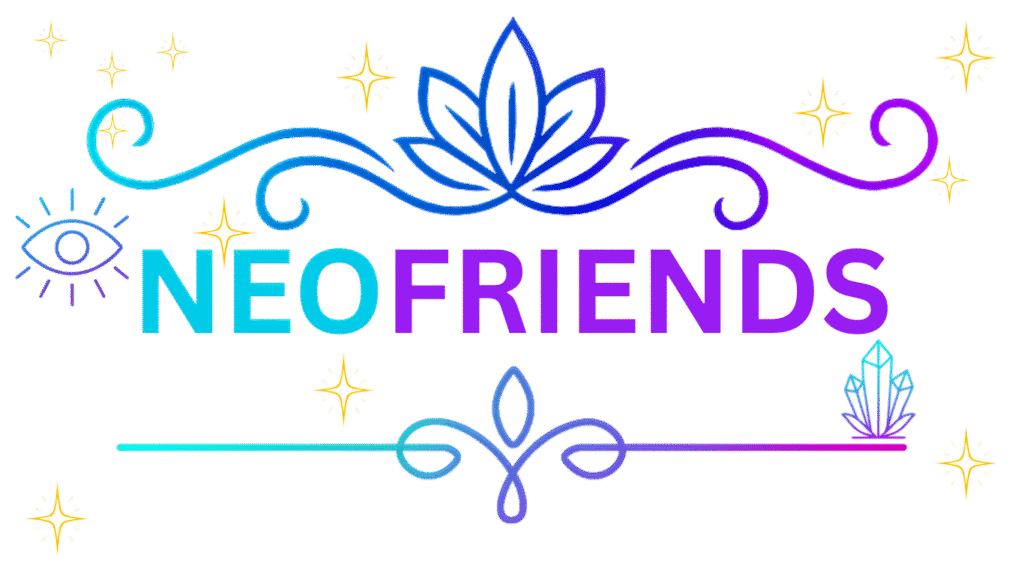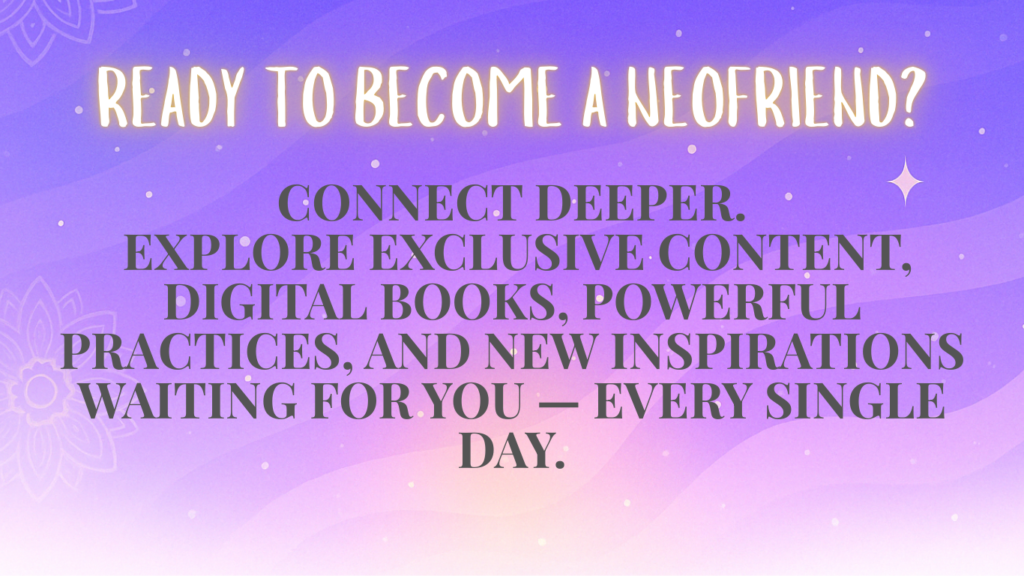The World Races to Regulate the Unknown
AI and Spiritual Freedom: Are We Awakening or Entering a Deeper Matrix? Across the globe, world leaders, tech giants, and ethicists are gathering in urgent meetings to tackle the greatest technological revolution of our time: artificial intelligence, AI regulation, and the implications for AI and spiritual freedom. Governments draft regulations, panels debate best practices, and headlines warn of runaway robots or machines making life-and-death decisions. There’s an undeniable sense that humanity stands at the threshold of something vast, potent, and—perhaps—dangerous.
Most of the discussion is practical. How do we keep AI safe? How can we prevent bias, manipulation, or the loss of jobs? What safeguards will stop AI from becoming a tool for surveillance, control, or even conflict? These questions are important, and regulation is vital. Yet, beneath the surface of policy and law lies a quieter, deeper question: What is AI doing to our consciousness? Are we on the verge of awakening, or are we weaving a subtler, more seductive cage—a Matrix within the Matrix?
Promise or Prison: Is AI Freeing Us, or Ensnaring Us Further?
The narrative around AI is often one of promise. We’re told this technology will free us from mundane tasks, open new vistas of creativity, and even help us “transcend” the ordinary limits of human life. With the right AI, you could write a book in an afternoon, find the perfect partner with a swipe, or have a virtual therapist tailor-made for your needs. AI offers us comfort, convenience, and endless novelty—at least on the surface.
But there’s a shadow to this story, growing longer with each leap forward. Every new layer of convenience can also become a new form of dependency. The more we outsource thinking, choosing, and even feeling to machines, the more we risk becoming spectators in our own lives. Instead of gaining freedom, we may be trading agency for algorithm—one notification, one dopamine hit, one “customized experience” at a time.
It’s tempting to imagine that technology is always a path to liberation. But real freedom, spiritual teachers remind us, isn’t about escaping discomfort or maximizing pleasure. It’s about awakening—seeing through illusions, and reclaiming our power to choose.
The Spiritual Dilemma: AI, the Virtual Self, and the Matrix Within the Matrix
This is where the debate turns inward. What does it mean to live in a world where reality is increasingly mediated by algorithms? When your social feed, your entertainment, even your friendships are shaped by invisible code, are you more yourself—or less?
The 1999 film “The Matrix” became a cultural touchstone for a reason. It asked: What if everything you think is real is just an elaborate simulation? Twenty-five years later, we’re building ever more convincing digital worlds—virtual reality, AI-generated art, deepfakes, entire “metaverses” promising new forms of existence.
But here’s the twist: Spiritual traditions have long taught that this physical world, too, is a kind of illusion—a matrix of perception, memory, and belief. If so, is AI simply adding another layer, or could it, paradoxically, help us see through the whole construct?
Are we, as a species, awakening to new possibilities—or merely decorating the bars of our own cage with clever, shimmering light?
Opening Doors—or Sealing Us In?
Let’s ask the hard question: Is artificial intelligence truly expanding consciousness, or is it narrowing it—compressing infinite potential into pre-packaged experiences designed to keep us engaged, entertained, and clicking?
On the one hand, AI can be a catalyst for growth. It can introduce us to new perspectives, accelerate learning, and help us connect across vast distances. In its best moments, it functions as a mirror—reflecting our hopes, fears, and patterns with uncanny accuracy. For seekers and creators, AI tools can amplify intuition, facilitate insight, and spark collaboration on a global scale.
But there’s a fine line between tool and trap. The same algorithms that introduce you to new music or communities can also learn your deepest triggers, biases, and addictions. Over time, AI can create ever-tighter echo chambers, reinforcing what you already believe, crave, or fear. The “personalized” world becomes a maze of self-affirmation, subtly closing doors rather than opening them.
Spiritually speaking, true awakening comes from direct experience—waking up from the dream, not just finding a prettier dream. The risk with AI, and all immersive technology, is that we forget we’re dreaming at all.
Matrix Within the Matrix: Are We Trapped or Becoming Free?
So, are we building a Matrix within the Matrix? It’s an uncomfortable thought. In some ways, yes. Each new technological advance creates a richer, more convincing virtual layer, drawing our attention outward—toward the glowing screen, the perfect algorithm, the seamless virtual world. Each step can make the inner journey—the path of self-awareness, presence, and real connection—harder to begin.
And yet, there’s another side. The very fact that these questions arise—that people are asking, “Am I losing myself? What does it mean to be human?”—is a sign of awakening. Perhaps, as we build more elaborate “games,” we will one day see through them, recognizing that the ultimate freedom is not in the escape, but in presence.
AI, then, can be both: a test and a teacher. It can either seduce us deeper into the dream or remind us, with each new simulation, to look for what is real—what cannot be coded, optimized, or replaced.
AI and Spiritual Freedom: Are We Awakening or Entering a Deeper Matrix?
Regulation Is Not Enough—Awareness Is Key
As policymakers struggle to regulate AI’s external dangers, a different kind of regulation is needed within: self-awareness. Laws can shape the boundaries of what’s possible, but only consciousness can decide how we use these powers. Will we become more compassionate, more connected, more awake? Or will we fall asleep to ourselves, lulled by the lullaby of infinite novelty?
Spiritual freedom is not about controlling the world outside, but about awakening to the world within. It’s about recognizing the “user” behind the interface—the spark of awareness that is you, here and now, reading these words.
Conclusion: Choosing Freedom, One Moment at a Time
In the end, AI is not the enemy, nor is it a savior. It is a mirror, reflecting both our wildest dreams and our deepest fears. Whether it becomes another Matrix, or the key to breaking free, depends on how we meet it.
Will you use these tools to escape—or to awaken? Will you trade your presence for convenience, or use convenience to make more space for presence? Will you be content to scroll through infinite realities, or will you ask, with fresh curiosity: “Who am I, beyond all of this?”
The answer—like the future of AI itself—is unwritten.
But perhaps, in the age of artificial intelligence, the most radical act is to remember your own.
AI and Spiritual Freedom.







